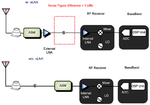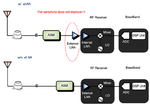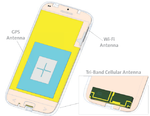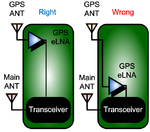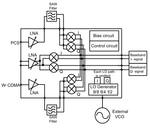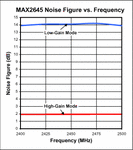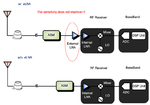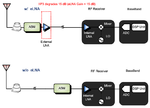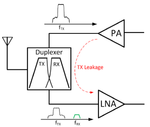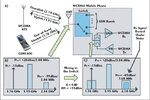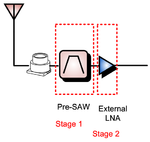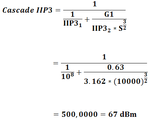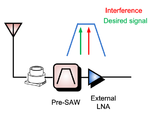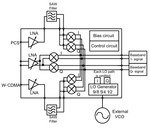Da CHi Wang
Banned
it describes
1. Why need external LNA ?
2. Why does poor linearity lead to poor sensitivity ?
3. For the eLNA gain, the more the better ?
4. Why can SAW filter improve linearity ?
:smile:
1. Why need external LNA ?
2. Why does poor linearity lead to poor sensitivity ?
3. For the eLNA gain, the more the better ?
4. Why can SAW filter improve linearity ?
:smile:



